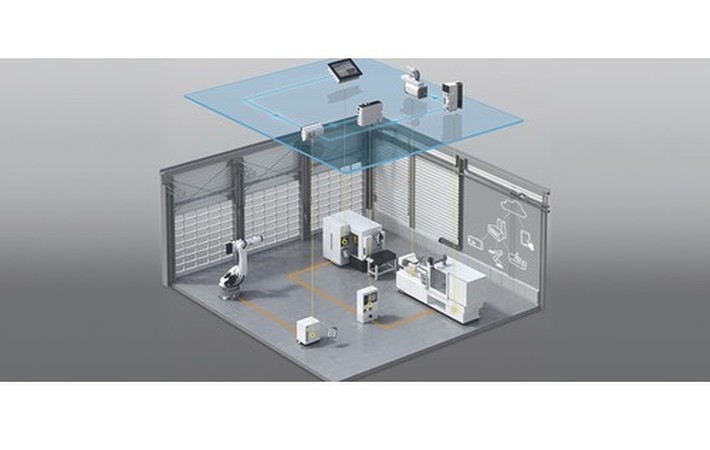
Published on 01/12/2017 | Technology
Advance manufacturing isn’t just for greenfield facilities that are deploying new equipment. The next stage in smart connected production may be a matter of bringing older equipment in aging factories into the world of the 21 st Century plant technology. Industrial Internet Consortium (IIC) members TE Connectivity , ifm, SAP, and the OPC Foundation have worked together to produce cloud connectivity to enable the integration of sensors with IT systems in existing facilities.
The IIC has approved a testbed on sensor-to-the-cloud connectivity called the Smart Manufacturing Connectivity for Brownfield Sensors Testbed. The testbed created by TE connectivity is being carried out with SAP, ifm, and the OPC Foundation, using OPC UA. The goal of the sensor-to-the-cloud connectivity is to make sensor data available to IT systems in near real time, enabling advanced analytics.
The testbed will introduce a retrofit hardware solution (the Y-Gateway) that makes use of existing physical connectivity. It is designed to extract sensor data from the automation system without impacting operations. The system will send sensor data to SAP's IT platform through a secure OT/IT communication gateway based on OPC UA. The testbed will also define and implement a common device model based on an available open standard to allow for the easy integration of an IO-Link sensor with IT, enabling the remote configuration of the sensor.
For existing plants, the testbed provides the opportunity to improve efficiencies through reductions in energy consumption and increased operational performance. Unlike new deployments, where the appropriate connectivity is typically designed-in from the beginning, brownfield installations require a layer of added communication to enable easy integration at both the operational technology (OT) and the IT level to reduce downtime and save costs.
In brownfield installations, PLCs just make use of the data required to run the control loop (the interactions between the connected sensors and actuators) which is just a fraction of the potential the data that can be delivered by the sensors. “Re-programming the PLC could be a solution here. However, operators may want to avoid that, since these PLCs are often far from modern and are simply not capable of processing a larger amount of data,” Michael Hilgner, manager consortia and standards at TE Connectivity, told Design News. “Re-programming the PLC requires some time which means some downtime for the control loop. With this retrofit-able hardware, the Y-Gateway re-programming can be avoided and 100 % of the sensor data can be made available in IT systems.”
OPC UA is the communication glue that holds the testbed together. “OPC UA, together with an IO-Link device model, allows for semantic interoperability of the sensors and the IT system. The IO-Link device model is based on the IO Device Description that is currently used to configure IO-Link devices,” said Hilgner. “OPC UA consistently maps this model and transfers the respective data to the IT system.”
Hilgner also noted that OPC UA carries security features that are likely to be attractive to those working in older plants that do not necessarily have sophisticated cybersecurity protection. “OPC UA implements a set of security features that prevent unauthorized access to the control system,” said Hilgner. “The security functions of OPC UA have been recently analyzed by the German Federal Office for Information Security, which confirmed that OPC UA was designed with a focus on security and does not contain systematic security vulnerabilities.”
Hilgner expects that users will see a number of benefits from the testbed connectivity, ranging from OEE to predictive maintenance. “The improvement of OEE, or Overall Equipment Effectiveness, is certainly one focus here,” said Hilgner. “Condition monitoring and predictive maintenance will also play a role. Those applications are enabled by the availability of process/diagnosis data at the IT level.”
Hilgner also stressed that the connectivity was designed to avoid any interference with plant operations. “Since this solution essentially addresses brownfield installations, we expect that operators will simply replace existing IO-modules by the Y-Gateway to avoid any impact on operations, so such as existing IO-Link sensors will be maintained,” said Hilgner.
The full article can be found on DesignNews here.